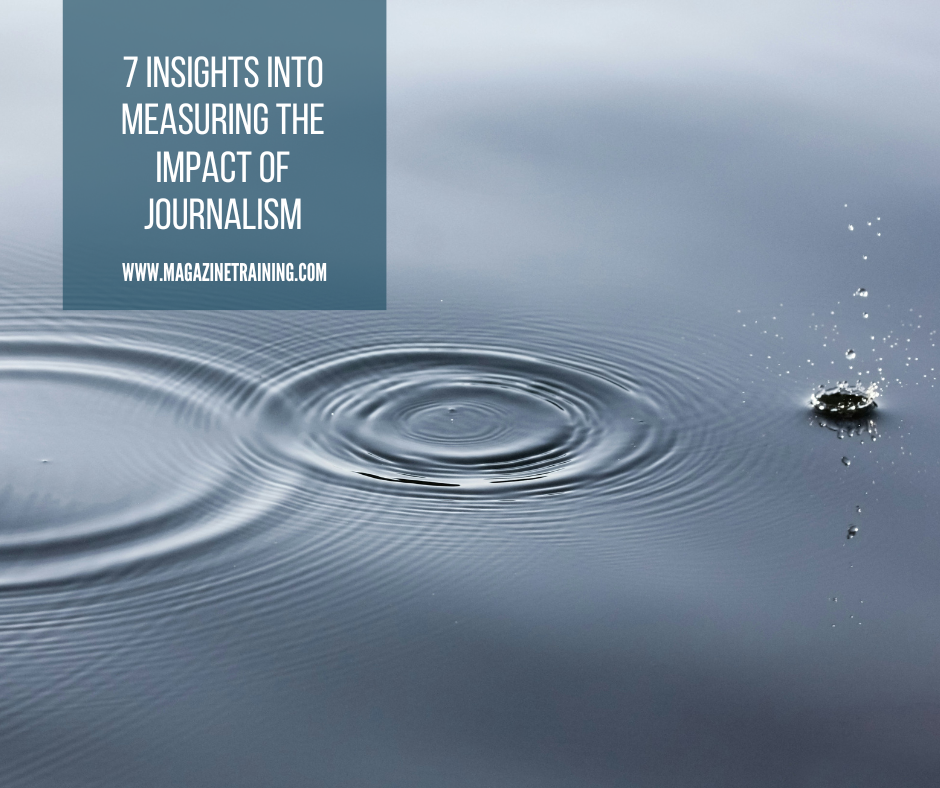
The question of how to measure the impact of media coverage has been around for more than 100 years.
In the 1920 and 1930s, scholars worried about the persuasive power of mass media and propaganda. As data collection and research methodologies became more rigorous in the second half of the century, scholarly views on media effects grew more nuanced. For example, researchers found that even when media does not directly convince the public what to think, it can be highly influential in what the public thinks about, an influence known as “agenda setting.”
Media messages may also influence public opinion by priming citizens to evaluate political candidates along certain dimensions and framing stories within a certain field of meaning (e.g. discussing budget deficits in the context of corruption).
Finally, scholars argued that the media may influence local elites such as civil society and religious leaders who in turn influence members of their community.
Today, media impact is not just an academic preoccupation. Journalists and media organizations around the world invest in documenting and quantifying the impact of their work. These efforts are driven in part by a desire for rigorous self-evaluation, and in part by the need to justify their work to donors, investors and the general public.
Drawing on interviews with a broad range of scholars and media practitioners, and a survey of more than 50 years of research on media effects, our team of five researchers, spanning three academic disciplines, gathered decades of research on media effects to develop a taxonomy of media impact that can be used by media practitioners and researchers. The results are presented in our recent paper, “Understanding journalism impact: A multi-dimensional taxonomy for professional, organization, and societal change.”
We hope the taxonomy will help organize discussions between journalists, editors, donors and scholars about why media programs matter, and how to quantify their effects.
Our analysis yielded the following primary findings:
(1) The most fundamental channel of media influence is that of providing information to the public.
In the past 20 years, social scientists have used a range of methods to document the power of journalism and mass media to affect public knowledge, attitudes, perceived norms, and political behaviors like voting and protest participations. The effect of media and journalism on public opinion varies by program and context, but it remains the most fundamental measure of media impact.
(2) But effective journalism programs have impacts beyond public opinion.
We identified a broad set of media impacts that extend beyond providing information to the public. For example, media programs may catalyze and influence interest group advocacy, build social networks between media professionals, social movements, and insiders. Journalists everywhere are not just agenda-setters for society, but have impact when they work with other groups trying to bring about change.
(3) There are limits to cost-benefit analyses of journalism.
Democracy’s Detectives, written by economist James T. Hamilton, applies the ideas of the classic Journalism of Outrage in his analysis of the career of Pat Stith – a Pulitzer-prize winning reporter from North Carolina who carried out more than 300 investigations over 36 years. Of the 300 investigations, 149 generated substantive changes, 110 produced deliberative outcomes, and 43 generated individual impacts. Hamilton also tried to assess the cost-benefit of some of the stories.
by
Photo by Linus Nylund on Unsplash
Related posts
Magazine Training International’s mission is to encourage, strengthen, and provide training and resources to Christian magazine publishers as they seek to build the church and reach their societies for Christ.

